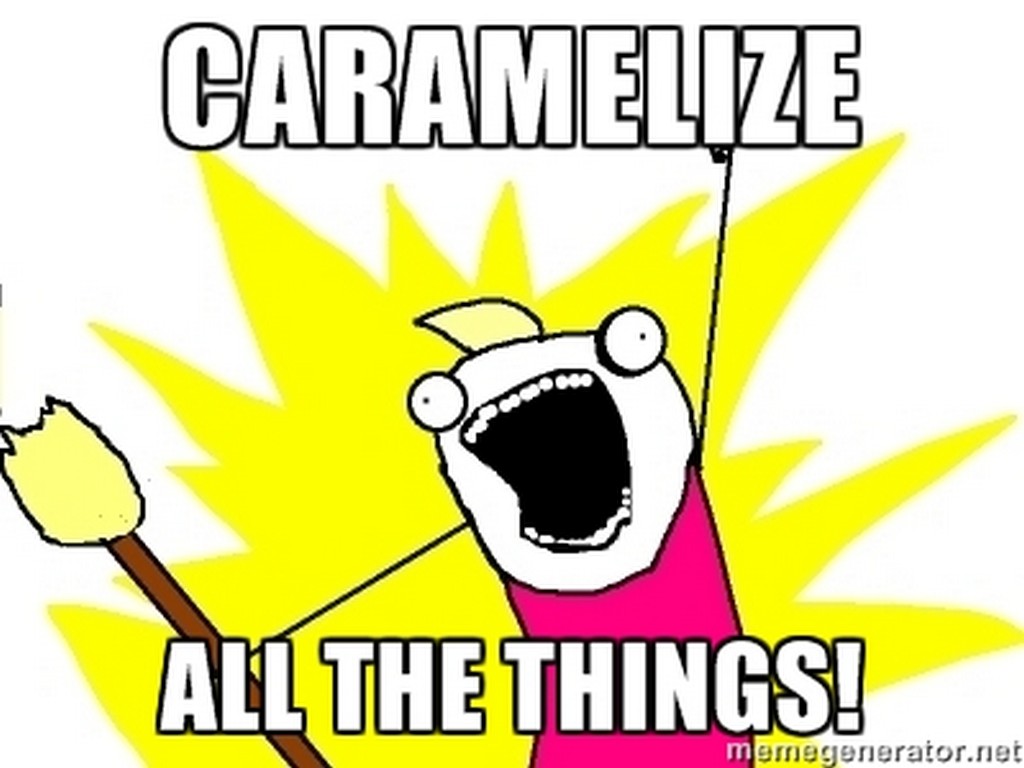
In my first blog post I told you that caramelization was the most important thing in cooking. Today I am going to take that a step further and give you a handful of tricks that will instantly elevate your skills in the kitchen.
Starting With Butter
Butter is a weird amalgam to which we rarely give much thought. We usually just treat it as its own thing–it’s butter, you put it on stuff, it goes in cookies, it tastes good. Butter is so much more: milk fat, water, and milk solids which include proteins and sugars. Typically, in the US, butter consists of 80-82% fat, 15-18% water, with the remaining 1-2% made up of protein and sugar. And we know that if we cook off the water we can caramelize* the sugars.
To caramelize butter we need to do three things:
- Melt butter until it is liquid.
- Bring the butter up to a simmer, and cook off the water. Eventually the butter will start to foam, so use a pot that is a lot larger than you think is required, or a very wide frying pan. I like to use a whisk to scrape the bottom of the pan, this prevents the butter solids from burning.
- Caramelize the milk sugar. This can only really happen after all the water is cooked off. There will be fewer and fewer bubbles, and then the butter will begin to darken. Remove the pan from the heat immediately. Continue to stir as the colour darkens.
In technical terms what we’ve made is brown butter or beurre noisette. The uses for this are endless, and will instantly make all of your food better. Start by adding it to mashed potatoes. It can also be flavoured with almonds and lemon then served over fish (trout almondine). A fall classic is to add cranberry and sage then toss with gnocchi or ravioli as a simple pasta sauce. It is great over steak, and can be used in baked goods.
Best of all, if you strain out the butter solids you will be left with what Indians refer to as gee (like clarified butter only better). This has a much higher smoke point than most other cooking oils which makes it great for sautéing.
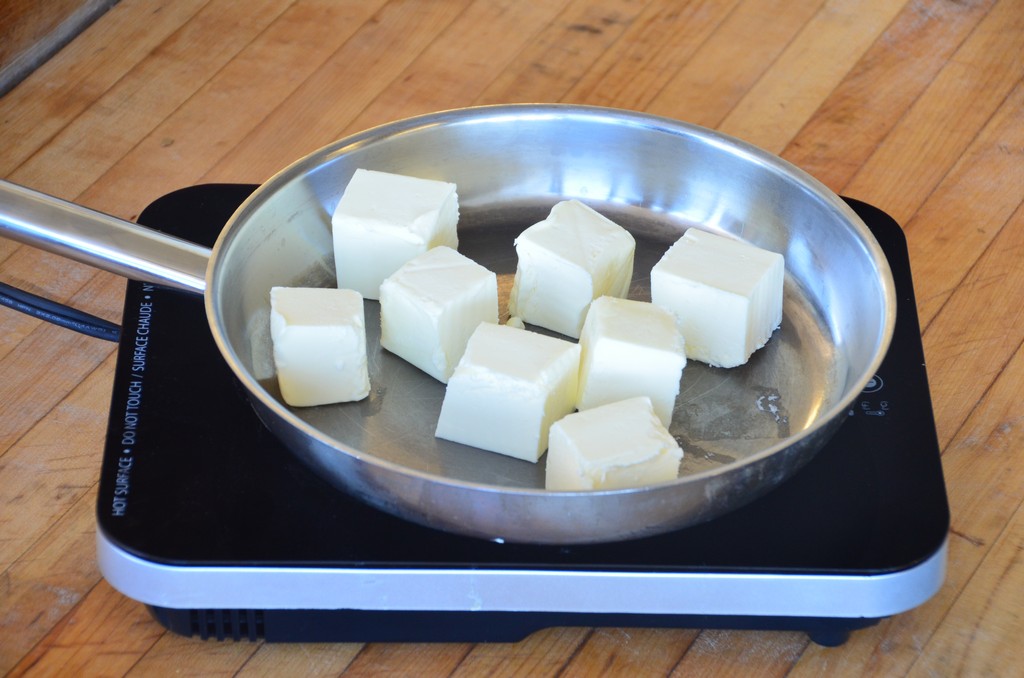
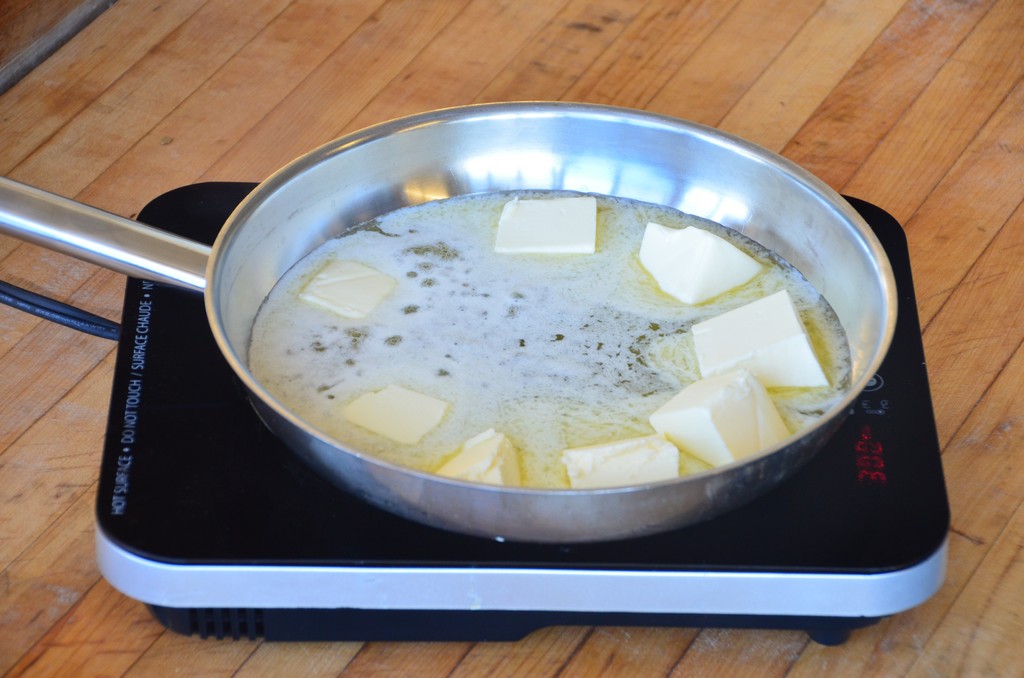
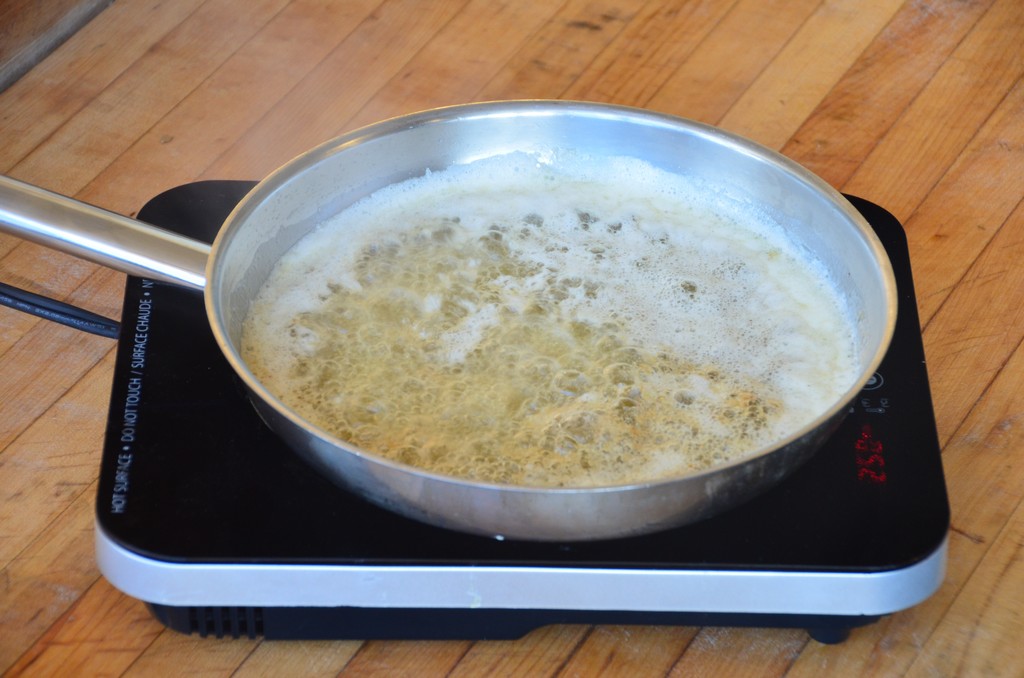
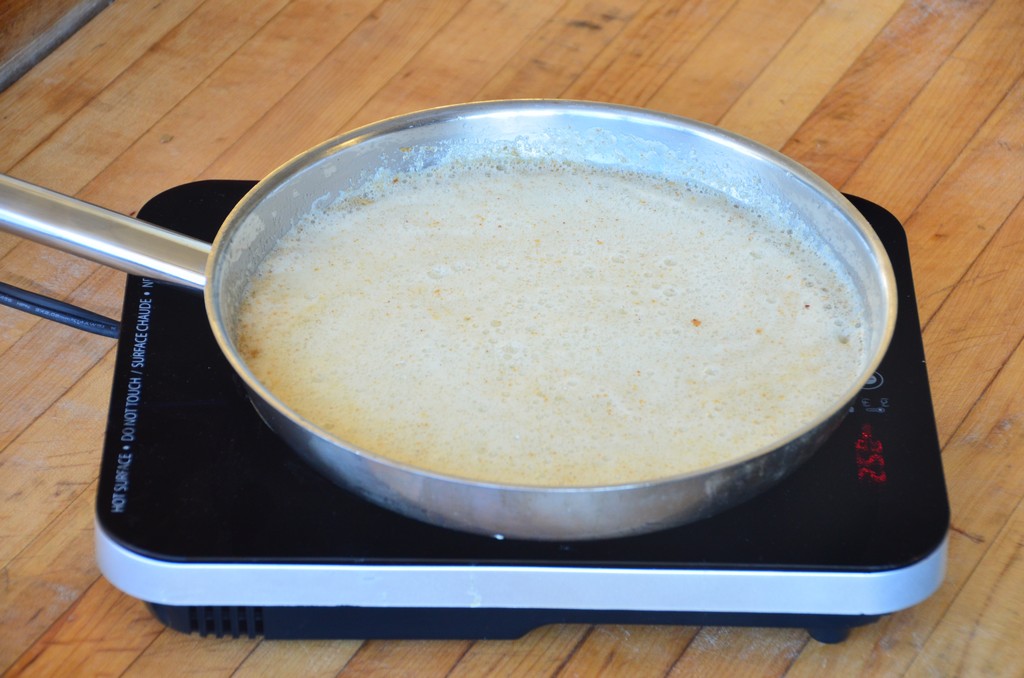
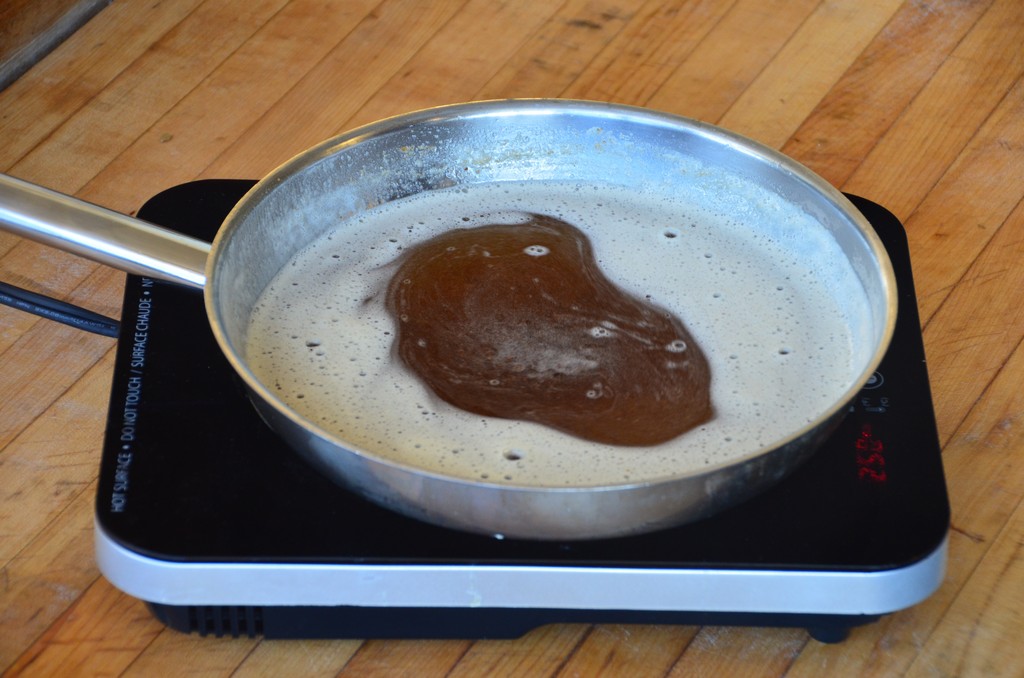
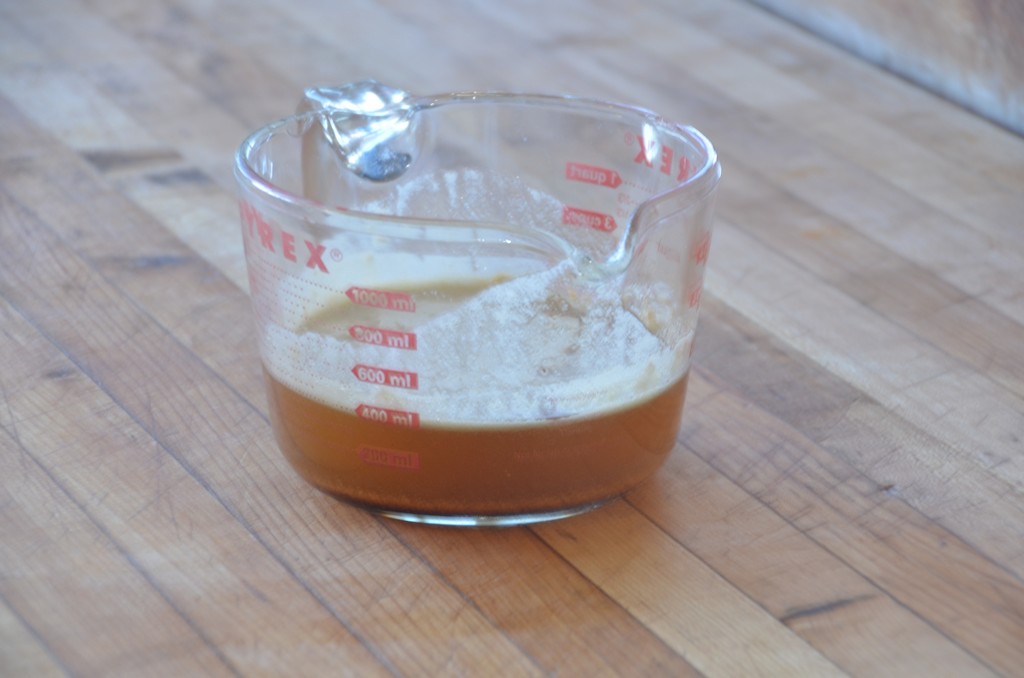
Olive Oil:
At this point some of you might be saying, “But Eric, my doctor/mother/government/lobbyist told me butter is bad and olive oil is good, what should I do?” You could try to caramelize it! Thinking back to the composition of butter, what if we swap out the milk fat and replace it with olive oil?
To replicate a pound of butter, blend together:
- 13oz (370g) of your favourite oil
- 2.5oz (70g) of water
- 3 tablespoons (12g) non-fat milk powder
Blend to combine then simmer over low heat. Stir frequently until the water cooks off and the milk solids begin to darken. Remove from heat and strain.
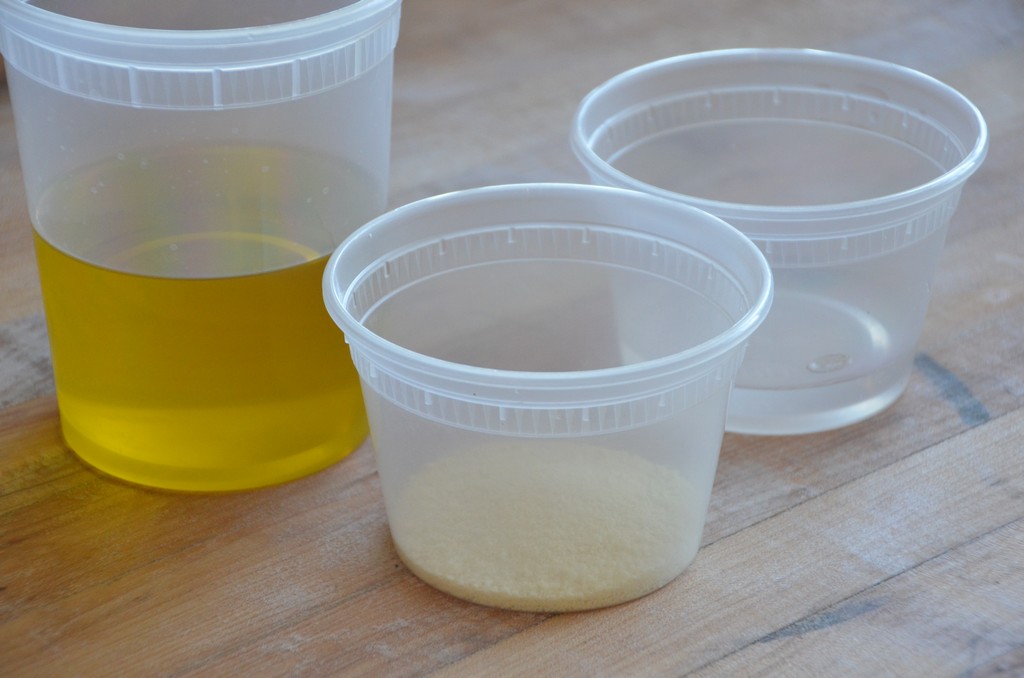

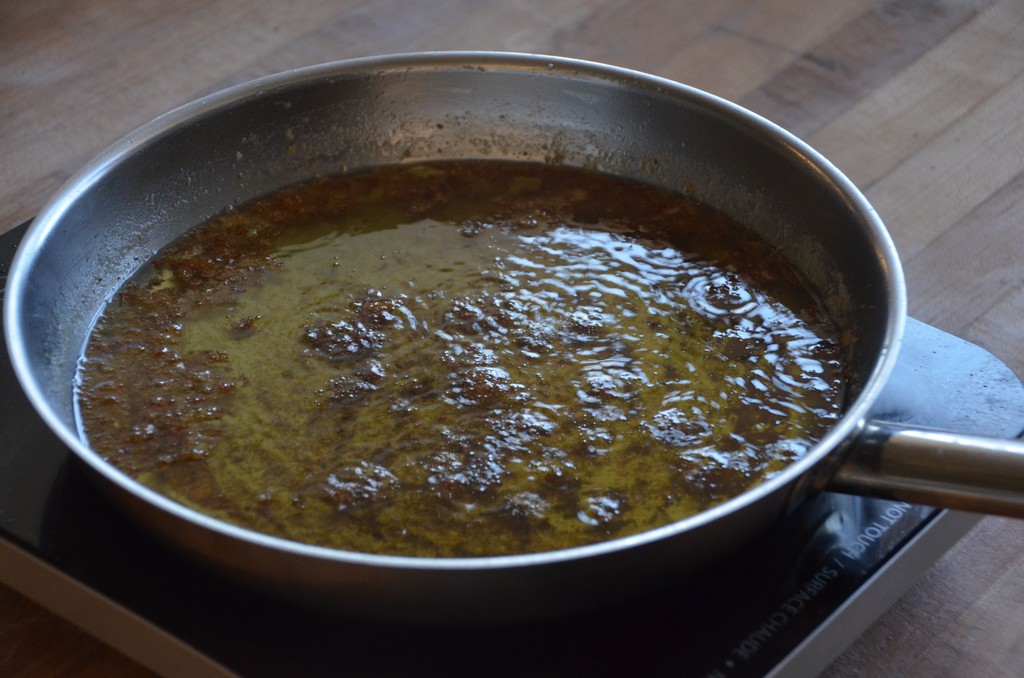
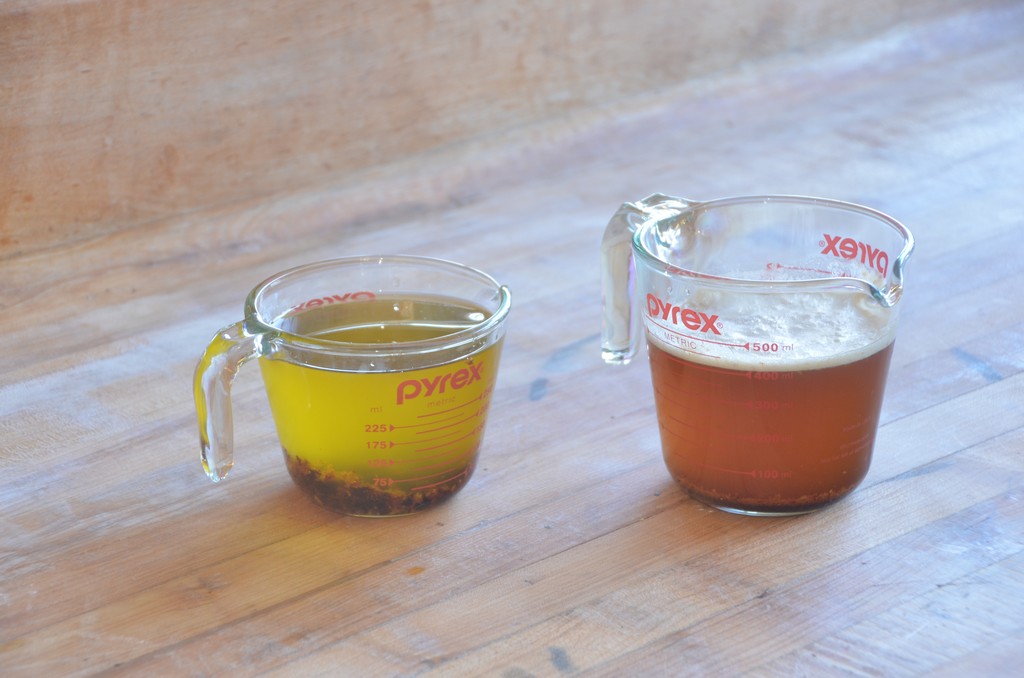
Roasted Garlic
By far the easiest way to get maximum flavour with minimal effort is to caramelize garlic. Cut the top off a whole clove, and place it on a piece of foil. Sprinkle with salt and pepper, then drizzle with a bit of oil. You can also add a bay leaf. Wrap the foil around the garlic, then roast in a 325F oven for about an hour. Remove and let cool, then simply squeeze out the ooey gooey goodness.

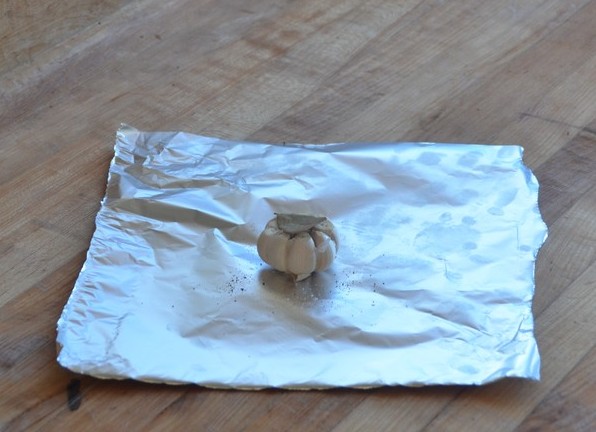
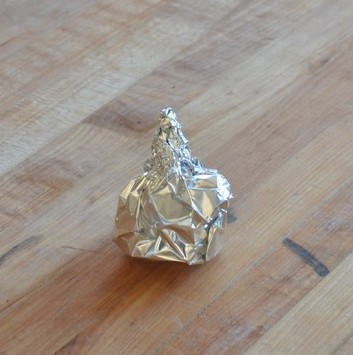
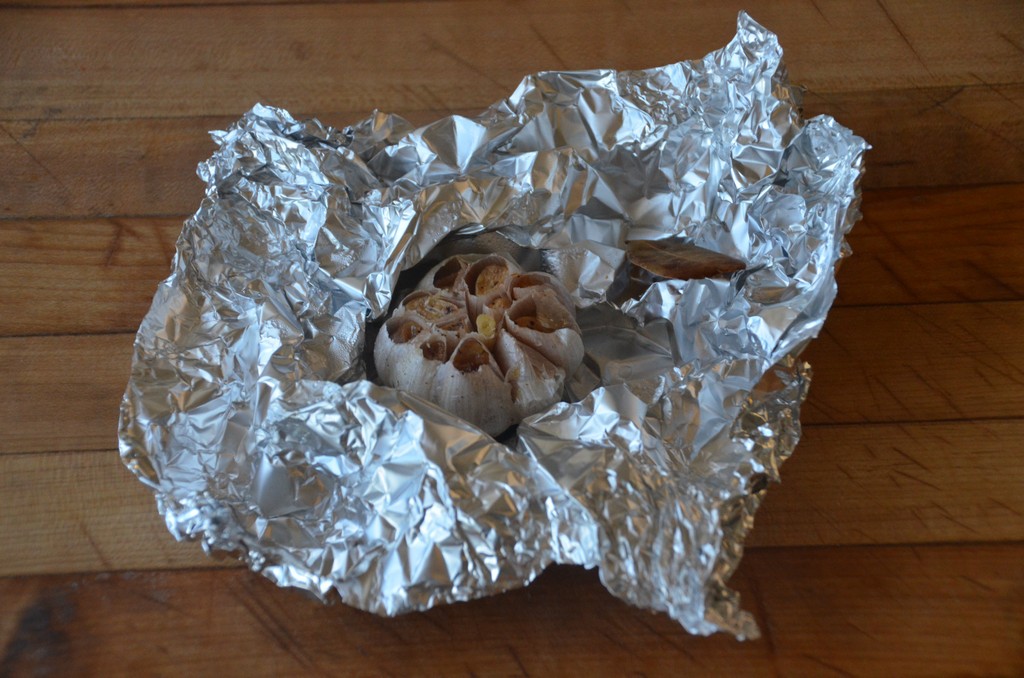
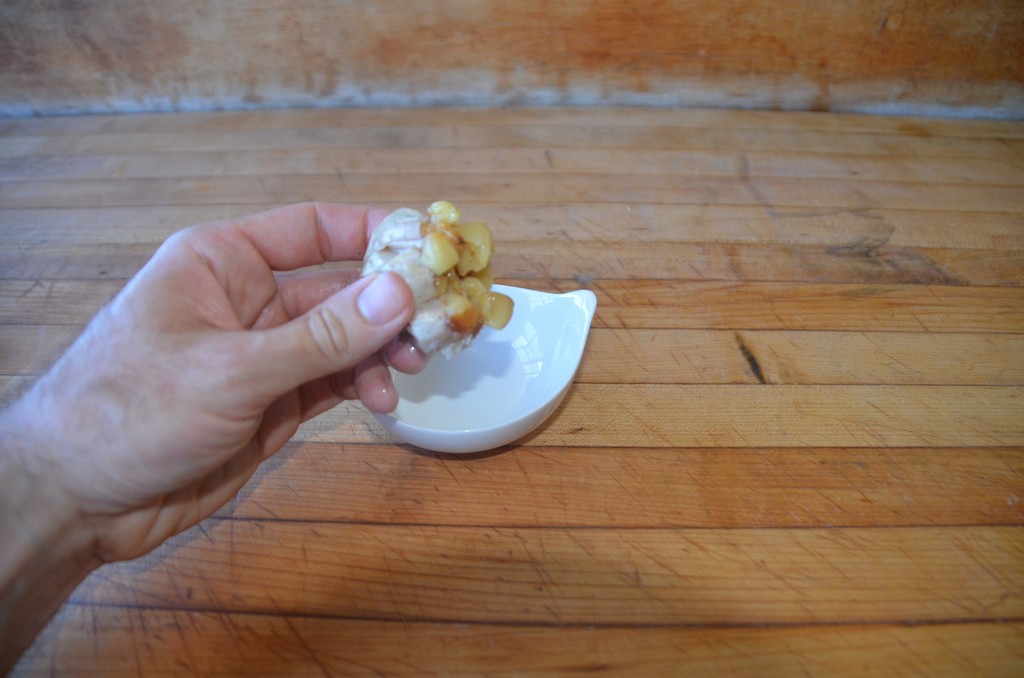
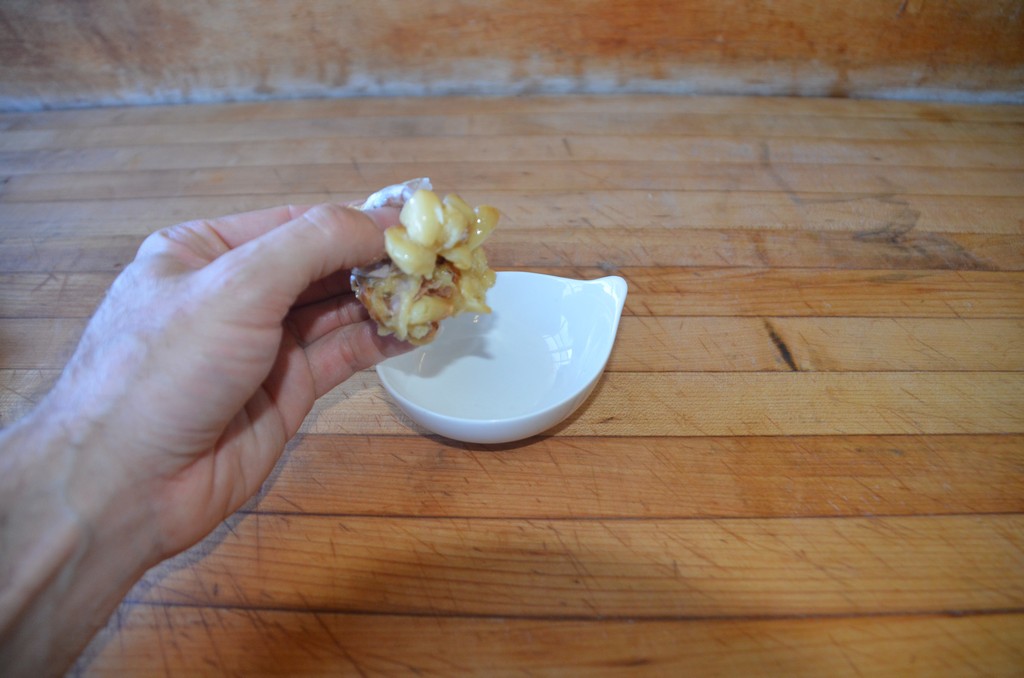
Caramelized Onions
Next, caramelize some onions. Slice three or four onions and place in a pan with some oil and a good pinch of salt. The salt will help pull water out of the onions, which we need to get rid of before the natural sugars will caramelize. Then cook over medium heat for about 20min, stirring occasionally. Keep a glass of water on hand, and add a splash if the onions seem like they’re cooking too fast. This is a process that needs time in order to get all the sugar to caramelize while the onions soften.
These can be used as a topping for burgers or steaks. You can mix it with cream cheese for a drip. Add beef or vegetable stock to make French onion soup. Or use it as the base for making gravy.
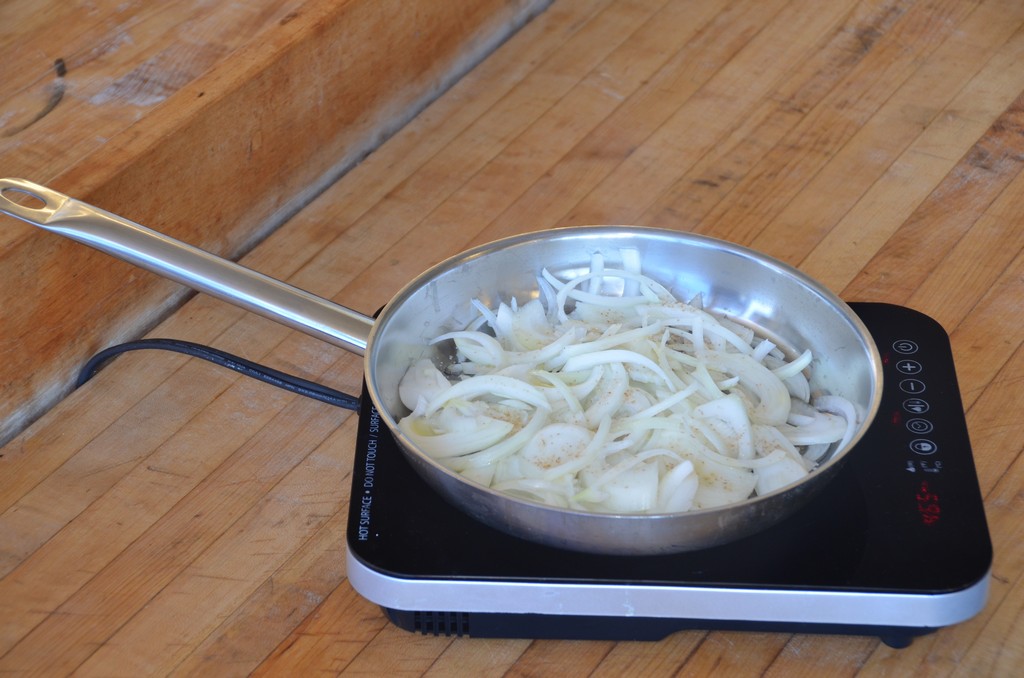
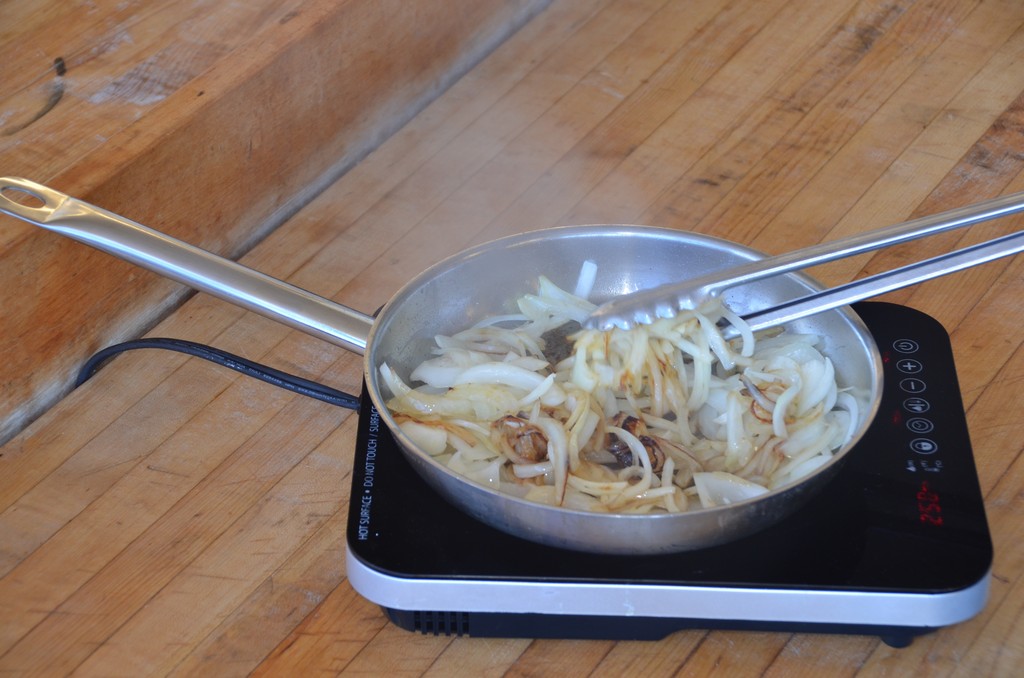
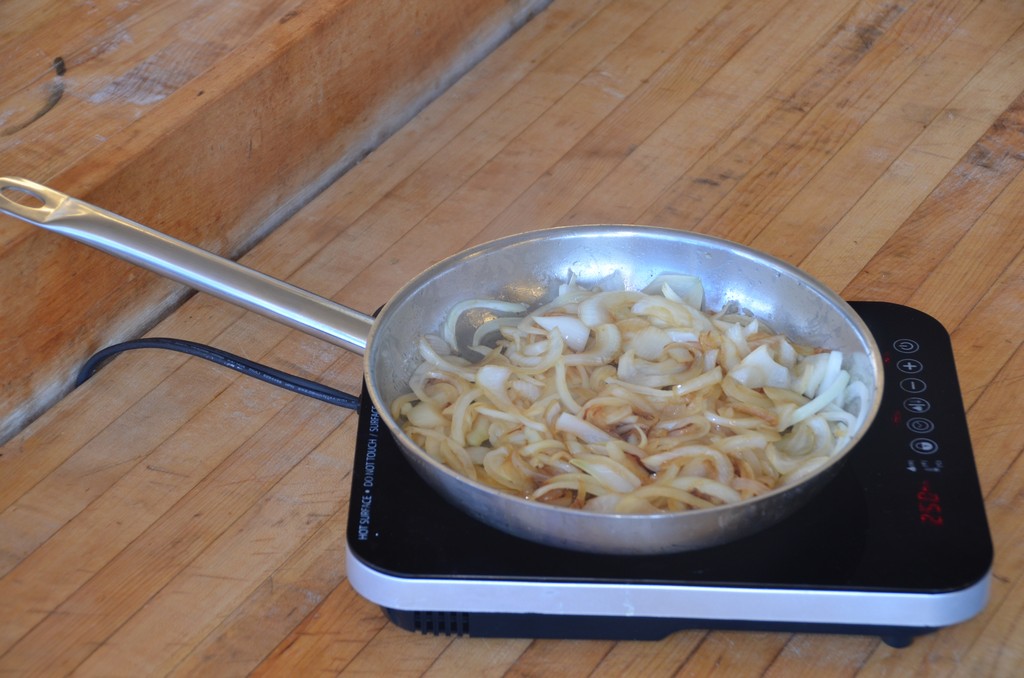
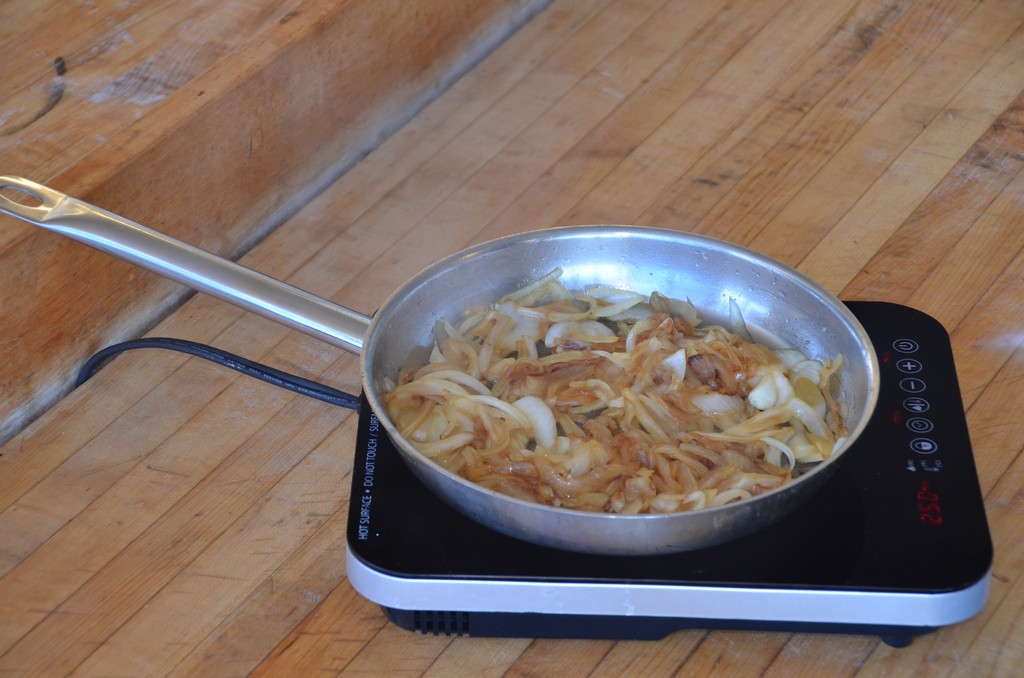
Panko (Breadcrumbs)
Panko is a type of breadcrumb that doesn’t have any crust, just the dry flaky interior of white bread. It makes for a great breading when making fried foods because it caramelizes so well. But we can replicate the process of deep frying by simply adding a little oil, salt, and pepper to some panko, spreading it out on a sheet pan, then toasting in a 325F oven. Stir occasionally to get nice, even browning. Let cool, then use as a topping on casseroles like mac and cheese. Or sprinkle on a piece of salmon then bake.
Rice
Even something as simple as rice gets a huge boost by toasting slightly before cooking. This is the basis for risotto, but works with all rice. The next time you make rice, heat a small amount of oil (or brown butter) in the pan, then add your rice and cook slowly for a few minutes until the rice begins to change colour. Then add your hot liquid and cook. A small step that produces great results.
*Technically speaking, when we have protein and sugar at temperatures above 250F the browning process is known as The Maillard Reaction.